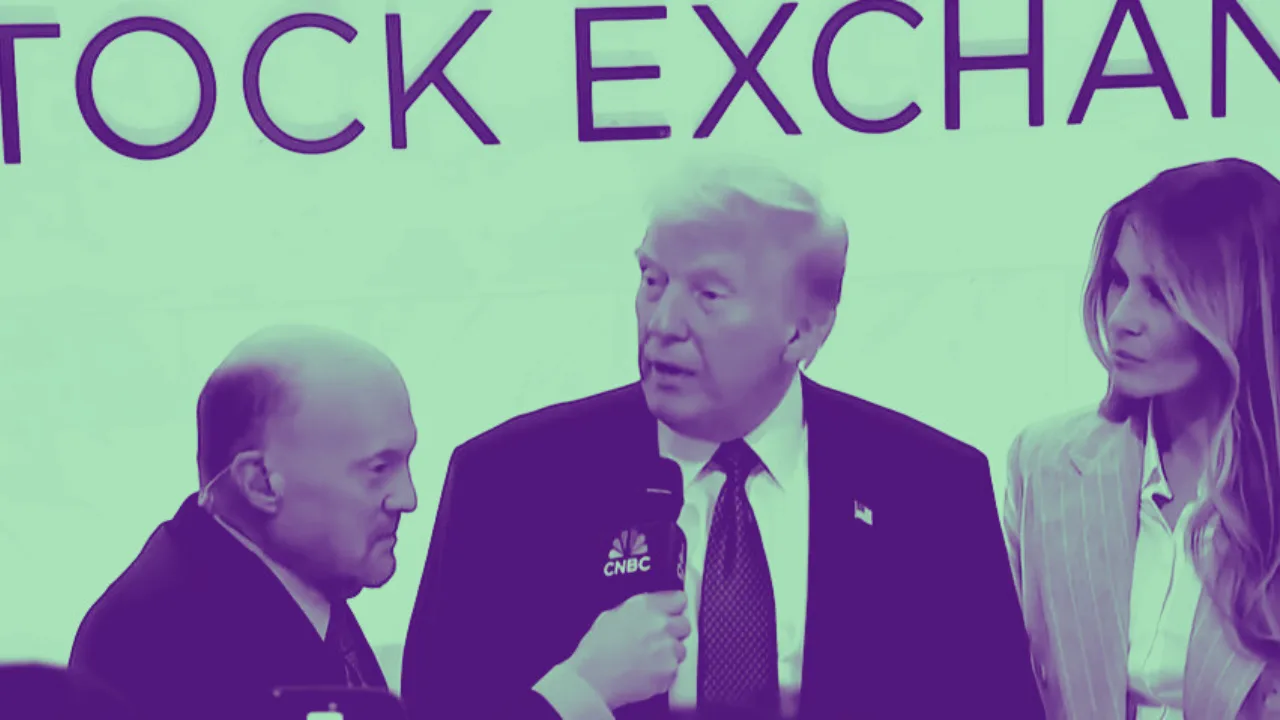As markets continue their turbulent slide in early 2025, many investors are looking for clarity—and perhaps no voice carries more weight than Jamie Dimon’s. In his highly anticipated 2025 shareholder letter, the CEO of JPMorgan Chase didn’t mince words. He issued stark warnings about inflation, global instability, and the long-term economic consequences of rising tariffs.
But beyond his macroeconomic caution, Dimon’s letter also revealed a blueprint—subtle but powerful—for how smart investors can weather the storm and position themselves for the rebound.
In this article, we’ll break down the key takeaways from Dimon’s letter and translate them into 7 actionable strategies for investors navigating today’s volatile markets.
Why Dimon’s Letter Matters Right Now
Jamie Dimon isn’t just another Wall Street executive. He runs the largest U.S. bank, with access to real-time economic data and geopolitical intelligence. His shareholder letter is closely watched because it offers a mix of behind-the-scenes perspective and practical commentary, unfiltered by PR teams or political agendas.
And this year’s letter came at a time when markets are down, interest rates remain elevated, inflation is sticky, and global conflicts are escalating.
Dimon addressed it all.
“Tariffs may not cause a recession, but they will increase costs, raise prices, and slow economic growth,” Dimon wrote. “They may also unwind decades of global cooperation that fueled prosperity.”
For the everyday investor, that’s not just a warning. It’s a cue to get proactive.
1. Hedge Against Inflation Before It Hits Your Portfolio Hard
Dimon didn’t shy away from highlighting how tariffs on imports will likely push up inflation—both on foreign goods and U.S.-made products due to rising input costs.
What to Do:
- Invest in inflation-resistant assets like energy stocks, agriculture ETFs, and commodities (gold, oil, industrial metals).
- Consider Treasury Inflation-Protected Securities (TIPS) or short-duration bond ETFs as a hedge.
- Watch companies with pricing power—those that can raise prices without losing customers. Think consumer staples, healthcare, and utilities.
2. Shift Toward Defensive Stocks as Growth Slows
Even though Dimon isn’t predicting a full-blown recession, he’s clear: slower growth is here, and businesses will feel it.
What to Do:
- Reduce exposure to speculative growth stocks that thrive in low-interest environments.
- Focus on recession-resistant sectors like:
- Healthcare
- Utilities
- Consumer staples
- Prioritize dividends. In a choppy market, regular income beats hopes for price appreciation.
3. Don’t Sleep on Big Banks (Especially the Strong Ones)
Despite the global challenges, JPMorgan Chase posted record earnings of $58.5 billion in 2024. The bank even raised its dividend twice.
Dimon’s message? Strong financials matter, and big, well-managed banks are built to withstand turbulence.
What to Do:
- Keep a core position in blue-chip banks with healthy balance sheets and consistent dividends.
- Consider banking ETFs to spread risk across the sector.
- Avoid overleveraged or regional banks that may struggle in a high-rate, high-risk environment.
4. Be Strategic With International Exposure
Dimon highlighted geopolitical flashpoints: Ukraine, the Middle East, and rising tension with China. For investors, this means more than just headlines—it impacts currency risk, supply chains, and foreign earnings.
What to Do:
- Reassess your exposure to emerging markets and Asia-focused ETFs.
- Shift focus to U.S.-centric companies or multinationals with diversified supply chains.
- Monitor the dollar’s strength—currency shifts can erode overseas returns.
5. Follow the Money on AI and Innovation
JPMorgan isn’t just reacting to the market. It’s investing billions in AI and digital infrastructure to future-proof its business.
Dimon made it clear: AI isn’t a buzzword. It’s an efficiency engine.
What to Do:
- Invest in companies using AI to improve margins and reduce costs, not just chase headlines.
- Look at enterprise tech players—cloud computing, cybersecurity, and automation are where AI is making the biggest impact.
- Diversify with AI-focused ETFs or thematic funds with real revenue-generating tech exposure.
6. Keep Cash on Hand—Opportunity Is Coming
Dimon didn’t rule out further volatility. Between election-year uncertainty, potential rate cuts, and geopolitical instability, the market may continue to swing wildly.
That’s not necessarily bad.
What to Do:
- Keep cash or cash-like assets (e.g., money market funds or short-term treasuries) ready to deploy.
- Use sell-offs as a buying opportunity for high-quality companies trading at a discount.
- Don’t overextend or use leverage in a volatile environment—it can magnify losses.
7. Stay Invested in Long-Term Megatrends
Despite the caution, Dimon’s letter wasn’t doom and gloom. He still sees growth potential—especially in innovation, digital transformation, and infrastructure.
These aren’t fads. They’re structural shifts that will reshape the global economy for decades.
What to Do:
- Hold long-term positions in ETFs that track U.S. infrastructure, global innovation, or clean energy.
- Look beyond quarterly earnings. Invest in companies solving real-world problems with long-term tailwinds.
- Rebalance, don’t panic. Make sure your portfolio reflects these long-view themes.
Conclusion: Follow the Smart Money, Stay Agile
Jamie Dimon isn’t waving a red flag for no reason. His 2025 shareholder letter is a mix of warning and wisdom—and for retail investors, it’s a wake-up call to act, not react.
The market sell-off of 2025 isn’t the end. It’s a test. And those who adapt early will be positioned not just to survive, but to thrive in the next phase of the market cycle.
If you’re feeling uncertain, remember this: volatility creates opportunity. But only for those prepared to seize it.
Final Investor Checklist: What to Do Now
- Hedge inflation with commodities and TIPS.
- Rotate into defensive sectors.
- Stay with strong, dividend-paying banks.
- Reduce exposure to geopolitical hotspots.
- Focus on real AI innovation, not hype.
- Keep cash ready for opportunities.
- Invest in long-term megatrends.





